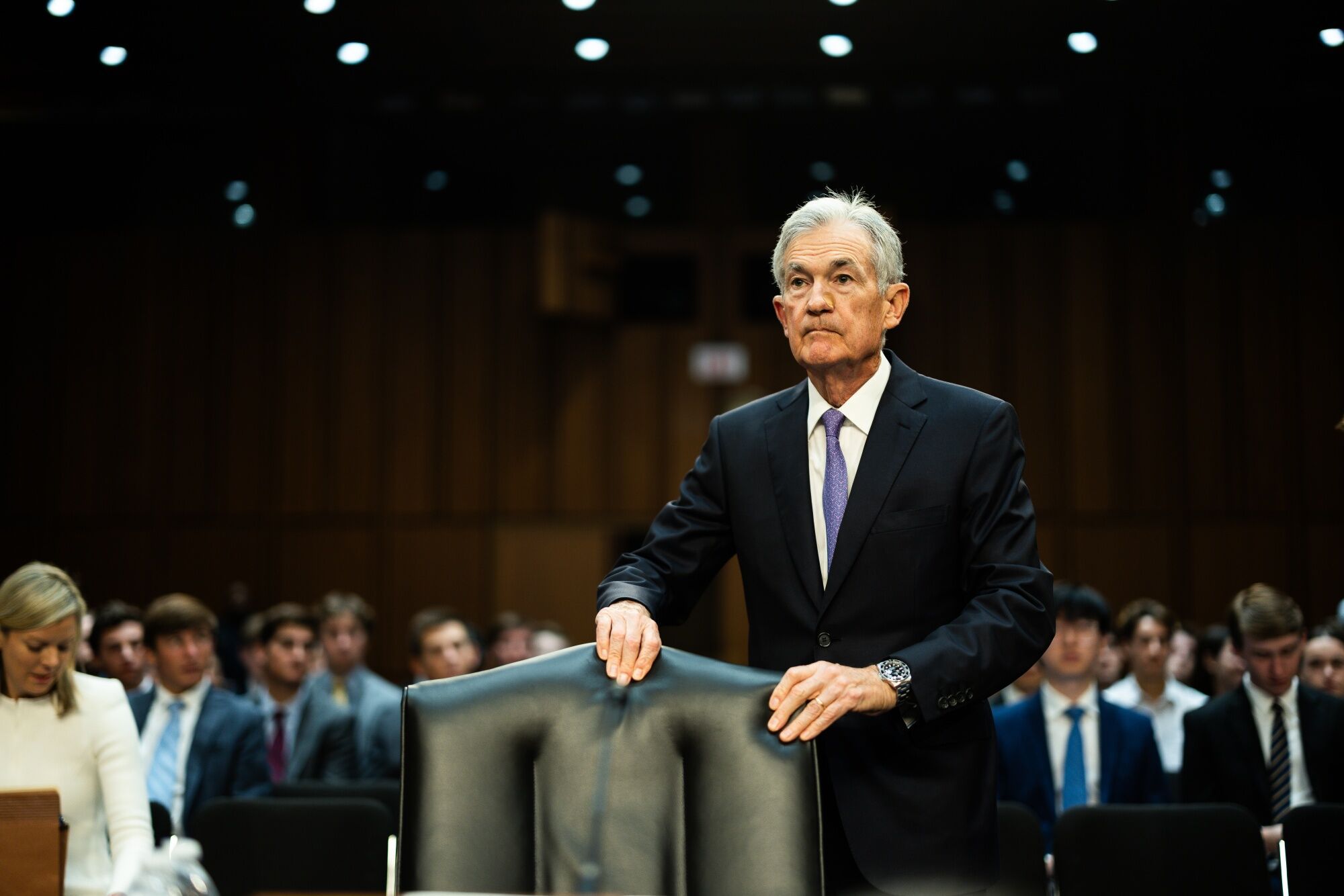September 30, 2024


Consumer prices fell last month for the first time in two years, potentially encouraging the Federal Reserve to pivot in its fight to tame inflation.
The Consumer Price Index (CPI) report Thursday from the Bureau of Labor Statistics showed that prices fell 0.06%, the first decline since July 2022 and the largest dip since May 2020. This unexpected deflation spurred investors, traders, and economists to solidify their hope that the Federal Reserve’s Open Markets Committee (FOMC) will cut rates soon.
“This morning’s CPI report was arguably the most encouraging one the FOMC has received since it began its inflation fight nearly two and a half years ago,” wrote Wells Fargo economists Sarah House and Michael Pugliese.
The Federal Reserve has held its influential fed funds rate at a 23-year high for nearly 12 months in an effort to quell inflation. The key rate pushes up interest on all kinds of borrowing, including mortgages, credit cards , and auto loans. The higher cost of borrowing is intended to discourage buying and spending, which lowers demand and, in turn, slows price increases.
Since inflation peaked in June 2022, the Fed’s plan has worked—although it has not always been a smooth ride. Despite a slight flare-up in inflation in the first quarter of this year, price increases seem to be on the road to the Federal Reserve’s annual goal of 2%.
Thursday’s report could be one of the final incentives the data-dependent Fed needs to relieve interest-rate pressure.
While Fed officials likely won’t make moves in their next meeting at the end of July, investors and traders think it is imminent.
Traders are betting that there’s a nearly 93% chance the central bankers will move to cut in September, according to the CME Group’s FedWatch tool, which forecasts rate movements based on fed funds futures trading data. They’re more confident in the cut now than they were one week ago and nearly twice as sure as a month ago.
Investors also leaped at Thursday’s inflation news, putting money into stocks that stand to benefit from lower rates, such as home builders, building supply companies and real estate investment trusts.
“The Fed is attentive to the risks of keeping interest rates too restrictive for too long and the better news on inflation over the past couple of months should strengthen their confidence that inflation is moving back toward their objective.” wrote Ryan Sweet, chief U.S. economist at Oxford Economics.
For the central bank’s part, Federal Reserve Chair Jerome Powell told lawmakers this week that the Fed wouldn’t wait until inflation reached its 2% annual goal to cut rates. The risks are too great, he said in a question-and-answer session after his congressional testimony.
“The latest data do show that we’ve had considerable cooling in the labor market,” Powell said. “We’re very much aware that we have two-sided risks now. … We’re determined to balance those as best we can.”
Job openings
haven’t moved much
recently and
unemployment has risen
, pointing to a faltering but not failing labor market. That has caused
central bankers to keep a keen eye on new labor data
.
“The Fed could very well lower rates sooner than September if the labor market softens at a faster clip,” wrote Quincy Krosby, chief global strategist for LPL Financial in North Carolina. “Fed Chair Powell has increasingly invoked the Fed’s maximum employment mandate as a rationale for lowering rates if necessary to support the labor market.”